We run our website the way we wished the whole internet worked: we provide high quality original content with no ads. We are funded solely by your direct support. Please consider supporting this project.
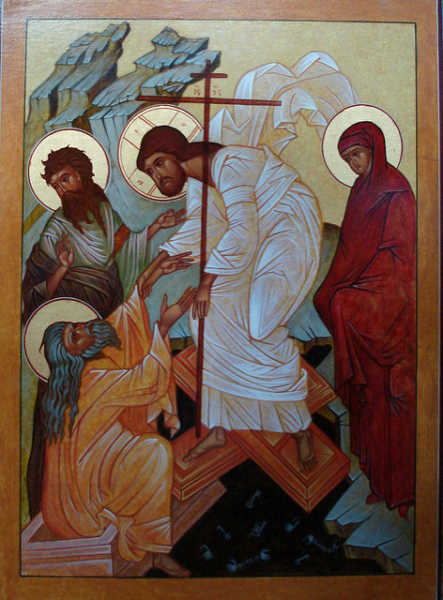
The God Who Stoops
The way that one imagines God can be thought of along the lines of a Rorschach test. That is, I submit that the way a person imagines and experiences God says at least as much about that person as it does God. The more estranged people are from God, the more their knowledge of him is obstructed and distorted. And when people yield to the Spirit, they are empowered to discern the true glory of God “in the face of Jesus Christ.”
That being said, the standard that must function as the ultimate criteria by which we assess the extent to which any conception and experience of God is accurate or inaccurate is the revelation of God in the crucified Christ.
Hence, on the one hand, to the extent that any conception and experience of God conforms to the character of God revealed on the cross, we may conclude that the Spirit has managed to break through the limited and fallen hearts and minds of people. On the other hand, to the extent that any conception or experience fails to conform to this character, we must conclude that the limited and fallen hearts and minds of people have resisted the Spirit.
Given Scripture’s repeated teaching that the people God claimed for himself in the OT were a “stiff-necked” people who continually resisted the Spirit, we ought not be surprised to discover that their conceptions and experiences of God were sometimes distorted. To the contrary, I believe we ought to rather be impressed by how frequently the Spirit succeeded in breaking through to disclose beautiful portraits of God that reflect his true character.
Knowing what we now know about God through his self-revelation on Calvary, we ought to be able to discern the true character of God in the depths of even the most seriously distorted portraits of God in the OT. For when we view them through the lens of the cross, we can see that there is something going on beneath the surface. We can discern in their depth the same humble God of self-sacrificial love stooping to bear the sin of his people that we discern on the cross.
In the OT, we can see God working within his people’s faulty Rorschach-like conceptions and experiences of him. God was bearing the sinful perspectives of his covenant people, including the horrifically violent concepts they had of him. He was accommodating the hard-heartedness of his people, stooping to their level to move his people in the right direction. The fact that God was willing to stoop in this fashion and bear the sin of his people reveals God’s true character, anticipating the revelation of God ultimately revealed on the cross.
Photo credit: jimforest via Visualhunt.com / CC BY-NC-ND
Category: General
Tags: Bible Interpretation, Cruciform Theology
Topics: Interpreting Violent Pictures and Troubling Behaviors
Related Reading

Divine Accommodation and the Cross: where Calvin was onto something
Over the last few posts, I’ve been arguing that the cross represents the thematic center of everything Jesus was about. Hence, rather than striving to have a “Christocentric” theology — which is so broad it means next to nothing—we ought to sharpen our focus by striving for a “cruciform” theology. I then offered some suggestions…

Did Yahweh Crush His Son?
Though Isaiah was probably referring to the nation of Israel as Yahweh’s “suffering servant” when these words were penned, the NT authors as well as other early church fathers interpreted this servant to be a prophetic reference to Christ. Speaking proleptically, Isaiah declares that this suffering servant was “punished” and “stricken by God” (Isa 53:4,…
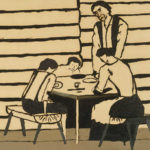
Podcast: Why Must God Wait for Prayer to Meet Our Needs?
Is God a bad father? Greg explores the intricacies and nuances of prayer. http://traffic.libsyn.com/askgregboyd/Episode_0404.mp3
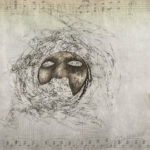
When God Wears Masks
At various times throughout the OT we find Yahweh assuming the role of a tester, refiner, punisher and even an enemy of Israel (e.g. Jer. 9:7; Lam. 2:5; Isa 63:10). Yet, when we examine these roles, or masks, in the light of the crucified Christ and the broader canonical witness, it becomes clear that these…
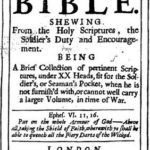
Jesus and Nationalistic Violence
Throughout the Old Testament, we find Israel spoken of as God’s “chosen nation.” The Israelites were to be a nation of priests whom God wanted to use to unite the world under him (Ex 19:6). Since nationalism and violence inevitably go hand in hand, as Jacque Ellul and others have noted, the covenant God made…
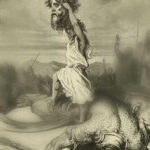
Podcast: A Cross Vision Reading of David & Goliath
Dan takes a shot at interpreting the David & Goliath story through a cruciform lens. http://traffic.libsyn.com/askgregboyd/Episode_0294.mp3
